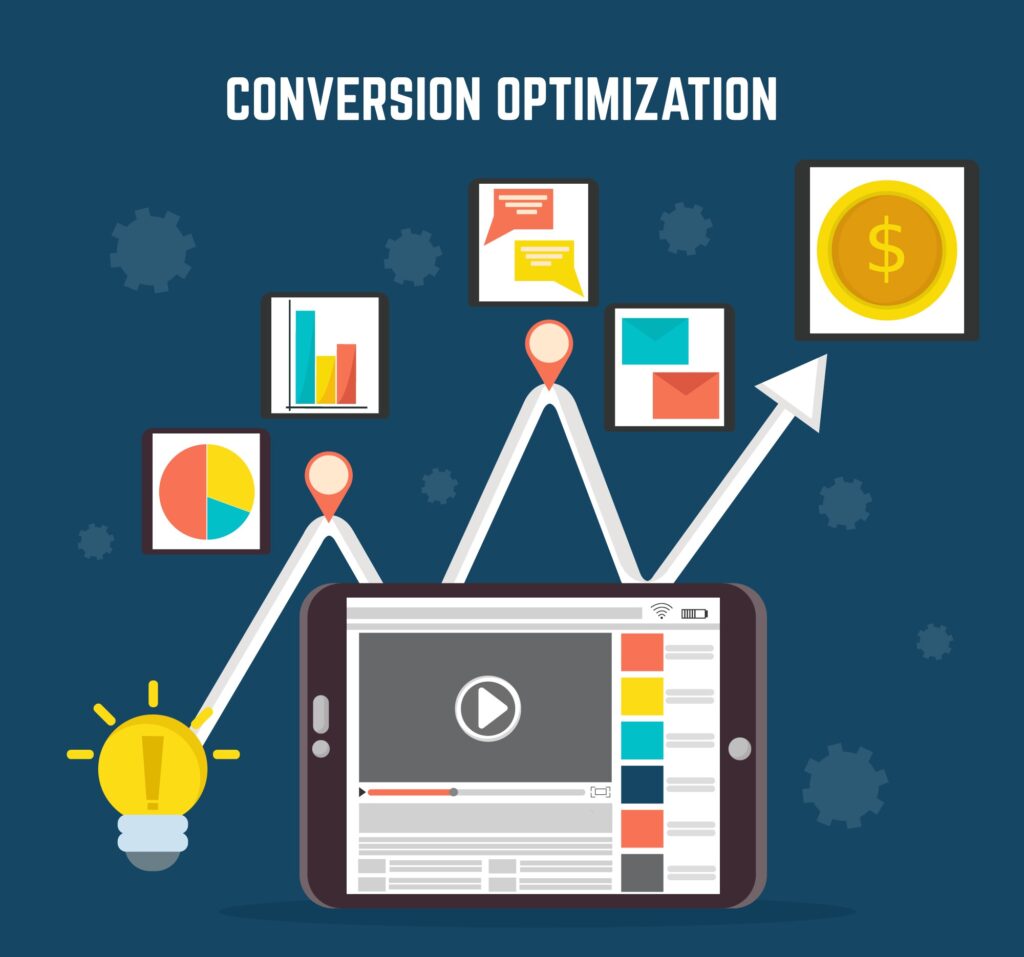For streaming platforms, understanding what users watch, when, how, and why is more than a technical consideration; it’s a commercial imperative. As OTT services scale across devices and regions, robust OTT video analytics becomes central to growing revenue, maintaining viewer satisfaction, and guiding strategic planning.
From Viewer Habits to Business Results: Why OTT Analytics Matters
This article examines the role of OTT analytics in translating viewing behavior into measurable business value. From improving content decisions to streamlining operations, data is not just a support function—it’s a key driver of success.
Real-Time and Historical Analytics: A Dual Lens for Strategy
Effective analytics systems provide actionable insight across three dimensions:
- User behavior: What content viewers engage with, how long they watch, what devices they use, and when they churn.
- Content performance: Which titles retain attention, what drives replay value, and what causes early exits?
- Broadcast and stream health: Buffering rates, error events, bitrate usage, and delivery reliability across devices.
A well-designed analytics layer can correlate these metrics to show not just what is happening, but why, offering context around technical performance and its impact on engagement and revenue.
Understanding Viewer Behavior to Drive Retention
At the heart of analytics lies a critical question: What makes viewers stay? Behavioral metrics—session duration, completion rates, device usage, and content preferences—reveal how audiences interact with a platform. These insights empower operators to:
- Personalize recommendations based on individual viewing habits.
- Optimize user journeys by identifying common friction points.
- Segment audiences for targeted marketing and retention campaigns.
For example, identifying users who watch less frequently or exit early enables proactive outreach via suggestions or incentives before they churn. Over time, analytics-supported personalization contributes to increased watch time, higher user satisfaction, and longer customer lifecycles.
Measuring Content Performance with Precision
Not all content performs equally, and data is the clearest indicator of value. By measuring engagement metrics like average watch time, drop-off points, and repeat views, decision-makers can:
- Identify which titles justify renewal, promotion, or spinoffs.
- Spot underperforming assets to retire or reposition.
- Allocate budgets more effectively across genres or formats.
Analytics turn content selection into a predictive, data-led process rather than a creative gamble. This is especially powerful for services managing vast libraries or developing originals, where performance data can validate or challenge programming assumptions.
Ensuring Platform Reliability and Quality of Experience
Dashboards for live TV, VOD, and time-shifted content allow teams to spot delivery issues in real time. Alerts tied to stream interruptions, bitrate drops, or regional playback failures help operations teams resolve issues before they affect large audiences.
If streams buffer, apps crash, or logins fail, users won’t stick around, regardless of quality. That’s why OTT analytics must also monitor platform health through metrics like:
- Video start times and playback errors
- Bitrate drops and network latency
- Device-specific failure rates
Metrics like start-up time, bitrate per session, and regional error codes help operations teams adjust CDN routing, optimize encoding, and prevent viewer-impacting failures, leading to fewer complaints and consistent performance across devices.
Turning Analytics into Business Outcomes
Analytics platforms empower diverse teams — from operations and product to marketing — to extract relevant insights and make data-driven decisions.This means:
- Feeding churn models into CRM systems for targeted campaigns
- Using playback trends to guide editorial surfacing or in-app recommendations
- Delivering custom reports for stakeholders based on territory, business unit, or content type
Beyond improving technical and content performance, analytics underpin broader business impact:
- Retention forecasting: Predictive models identify users at risk of churn before they cancel.
- Ad monetization: In AVOD models, audience data improves ad targeting, placement, and frequency control.
- Revenue strategy: Subscription-based services can test new tiers, bundles, or trial durations based on user behavior and conversion data.
- Operational planning: Usage patterns help forecast peak traffic, enabling better scaling and resource allocation.
Ultimately, OTT analytics don’t just describe what’s happening—they enable informed, faster decisions that tie directly to growth and profitability.
Final Thoughts
Understanding viewer behavior, optimizing content, monitoring platform health, and supporting monetization all depend on robust data collection and interpretation. Platforms that treat analytics as an ongoing discipline, not just a reporting feature, gain the competitive advantage of clarity, agility, and precision.
As streaming becomes more crowded and user expectations continue to rise, the ability to learn from your audience—and act on that learning—is what separates growing platforms from stagnant ones. OTT analytics matter because they link daily interactions to business outcomes. And in a market where every view, click, and cancellation counts, that connection is the foundation of long-term success.
Add Business Connect magazine to your Google News feed



